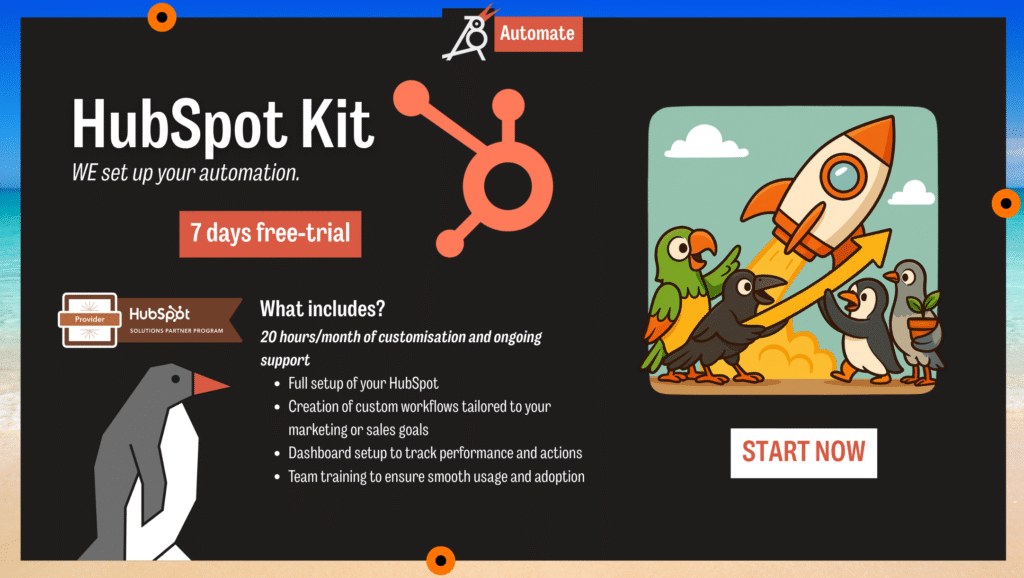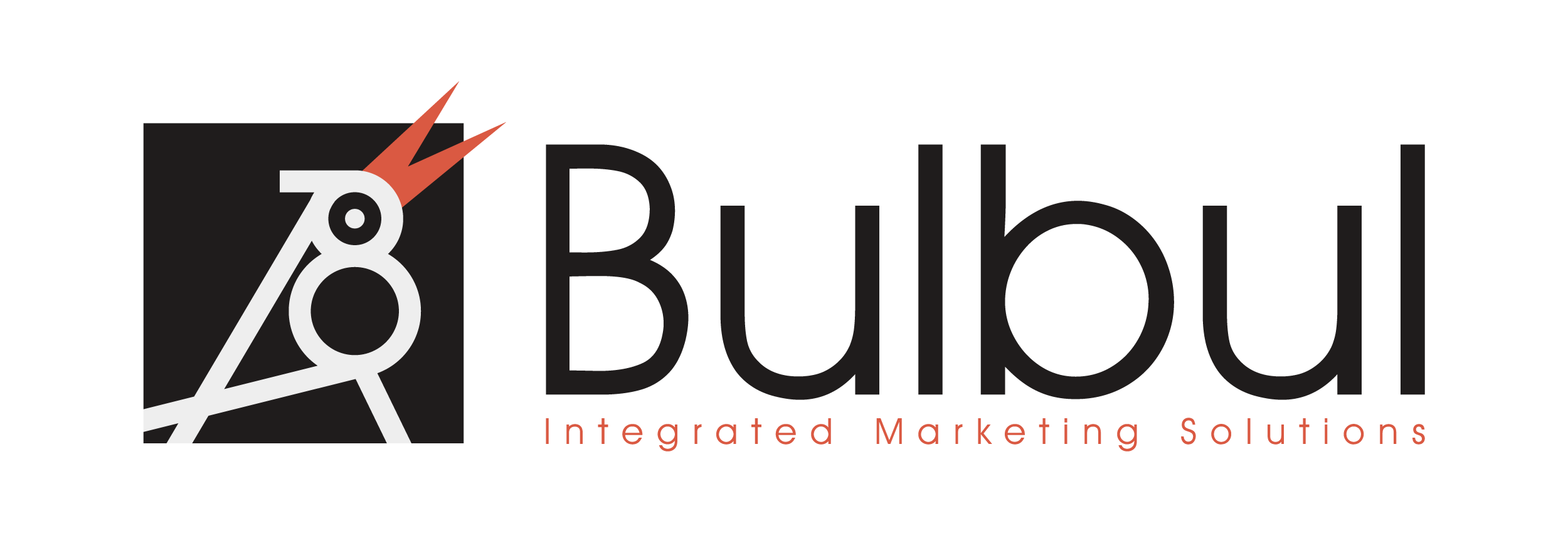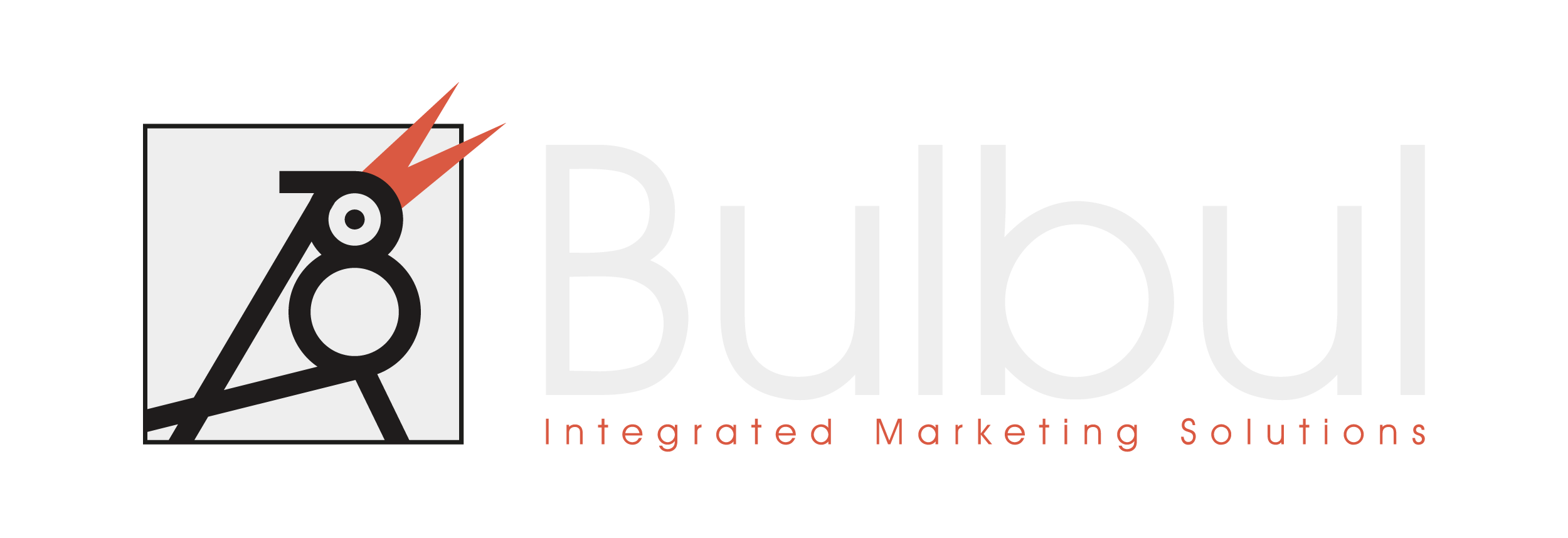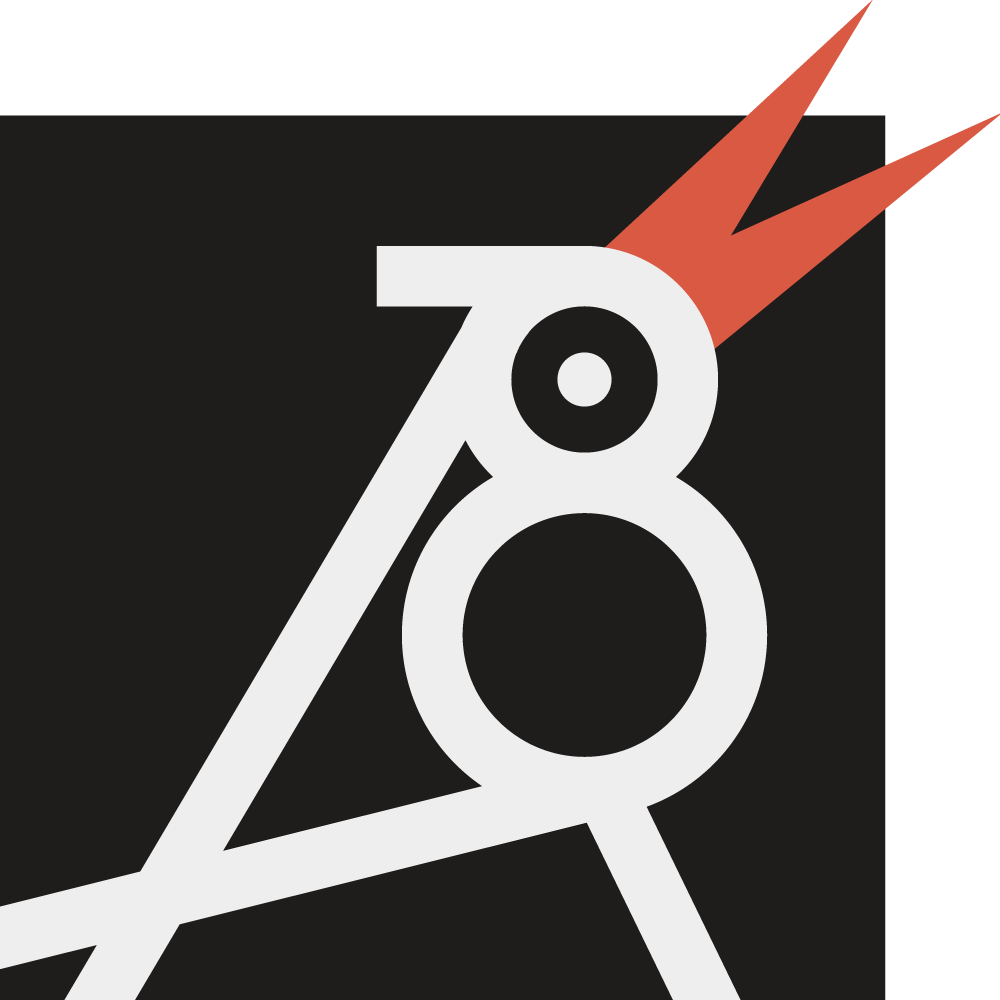From Trial to Champion – Building a Product-Led Growth Motion That Scales

The startup world is changing fast. Traditional sales-led growth models are losing ground to a new strategy where the product becomes the main driver of acquisition, conversion, and retention. Welcome to the era of product-led growth for startups.
If your SaaS product offers a free trial, freemium tier, or self-serve sign-up, you’re already halfway there. But turning users into champions requires more than just good UX. It takes a deliberate strategy focused on free trial conversion, feature adoption, and automated onboarding.
In this guide, we break down how startups can build a scalable product-led growth (PLG) motion—and how tools like HubSpot can help you support it every step of the way.
What Is Product-Led Growth for Startups?
Product-led growth is a go-to-market strategy where the product itself drives user acquisition, expansion, and retention. In PLG startups:
- Users sign up and experience value quickly (without sales calls).
- The free trial or freemium product is the core lead generation engine.
- Growth happens from the inside out—happy users convert, expand, and refer.
It’s efficient, scalable, and perfectly suited for lean startup teams.
According to HubSpot’s 2025 State of Marketing, over 53% of SaaS startups plan to shift towards product-led strategies, and those who already have report 36% faster trial-to-paid conversion rates.
Step 1: Define the Value Moment Early
The most important moment in your product-led growth for startups strategy is the aha moment—the point when the user clearly experiences the product’s core value.
Map this moment and make sure:
- It happens within the first session or first 5 minutes, ideally.
- Your onboarding points directly to it.
- Every workflow, tooltip, and prompt leads there.
The sooner users experience value, the higher your free trial conversion rate.
Step 2: Build Self-Serve Onboarding That Feels Human
A scalable PLG motion requires self-serve onboarding that’s intuitive yet supportive. It’s not enough to dump new users into the dashboard. Guide them.
Smart tactics include:
- Welcome modals with personalised setup steps
- Interactive walkthroughs to highlight key features
- Progress checklists to encourage engagement
- Friendly chatbots or embedded help to reduce friction
In HubSpot, you can connect these actions to workflows that:
- Trigger onboarding emails when users stall
- Send helpful tips based on product behaviour
- Offer success manager calls to high-potential leads
Step 3: Track Feature Adoption in Real Time
What separates visitors from champions? Usage. The best product-led growth for startups relies on understanding feature adoption trends.
Track:
- What features users try (and ignore)
- How much time they spend in-app
- Which features correlate with higher conversion or expansion
Using HubSpot integration (via tools like Segment, Mixpanel, or native events), you can:
- Score leads based on product behaviour
- Trigger lifecycle campaigns to push feature depth
- Hand off qualified PQLs (product-qualified leads) to your sales team
Data-backed decisions lead to lower churn and more predictable growth.
Step 4: Convert Free Trials into Paying Customers
Free users are only valuable if they convert. That’s why free trial conversion needs a mix of product nudges and outbound communication.
Use HubSpot workflows to:
- Trigger reminders before trials expire
- Offer time-sensitive upgrade incentives
- Send case studies to users who reach key milestones
- Route high-intent accounts to your sales team instantly
PLG doesn’t mean zero-touch. It means well-timed, relevant touches, driven by product signals—not guesswork.
Step 5: Turn Customers Into Champions
In PLG, the customer journey doesn’t end at payment—it begins. Your long-term growth depends on building product champions who:
- Use your product deeply and often
- Share feedback
- Bring you referrals
- Expand into higher tiers
SaaS companies with strong champion programs see up to 3x higher NRR (net revenue retention) over 12 months. You can support this with:
- Automated check-ins and satisfaction surveys via HubSpot
- Milestone emails celebrating usage or outcomes
- Referral incentives or beta access to power users
The Role of HubSpot in Supporting PLG Startups
While PLG is product-first, you still need infrastructure behind the scenes. HubSpot helps startups operationalise PLG by:
- Capturing signups, tracking user journeys, and qualifying PQLs
- Automating onboarding, upsell, and retention workflows
- Giving sales teams visibility into usage patterns and high-intent accounts
- Offering reports that blend CRM and product usage data
Bulbul’s HubSpot Kit comes with ready-to-deploy workflows for self-serve onboarding, product-qualified lead tracking, and more.

Final Thoughts
Product-led growth for startups isn’t just a trend—it’s a proven model for scaling smarter. With the right strategy and systems, your product can:
✅ Acquire new users
✅ Convert them faster
✅ Retain and expand them with less effort
Startups that invest in their free trial conversion, feature adoption, and onboarding experience win more—because the product sells itself.
Want to bring PLG to life with HubSpot?
Check out Bulbul’s HubSpot Kit today.

🤝 Bulbul is an official HubSpot Solutions Provider, strengthening our expertise in HubSpot automation for startups and fast-growing teams.



Comments are closed.